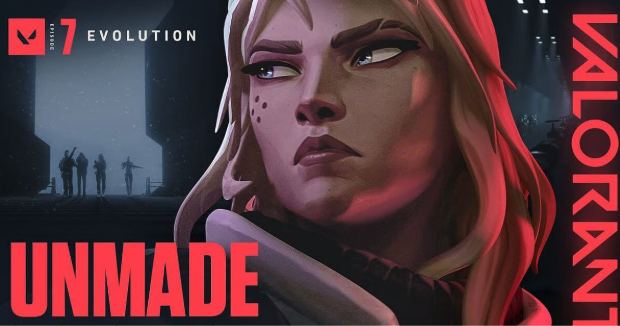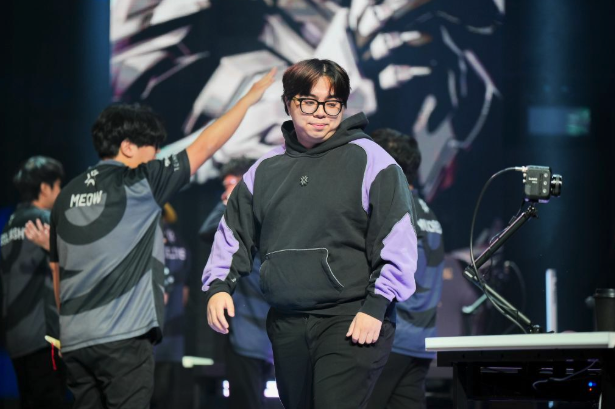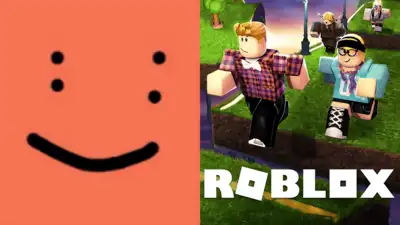According to this source, Valorant may never reach the prestige or staying power of League of Legends or Counter-Strike, and could follow the path of Overwatch, fading from the top-tier esports stage in the near future.
The Core Problem: Hero Shooters Without Agent Bans
Hero shooters, by design, require agent bans and/or a massive agent pool to ensure meta stability and competitive balance. Valorant currently has neither.
With a relatively small agent pool, every balance change drastically alters the competitive landscape from shifting metas to changing how entire maps are played. Without agent bans, teams have no way to counter dominant agents or compositions. Players are often forced to abandon their best roles or agents to adapt, even if it means playing below their skill ceiling.
The result? An unstable environment where dominance in one patch can turn into irrelevance in the next.
Short Careers, No Dynasties
This volatility makes it nearly impossible to build dynasties or “GOAT” careers.
In Counter-Strike or League of Legends, elite players can dominate for years. In Valorant, a player’s peak may last mere months before the next patch reshuffles the meta.
Without longevity, rivalries fade, and consistent narratives disappear hurting fan engagement and team branding.
Riot’s Competitive Format Isn’t Helping
Best-of-three (Bo3) matches dominate Valorant’s format, but with a narrow and sometimes criticized map pool, luck in map picks can outweigh overall skill. Bo5s, which could better showcase team depth, are reserved for only a handful of matches each year.
On top of that, region slot limits in major tournaments mean elite teams can be left out due to one bad match. And with long gaps between Tier 1 events, momentum dies, metas shift again, and fan interest stalls.
An Orgs’ Money Pit
This instability is a nightmare for organizations. Teams often enter an endless rebuild cycle:
- Build for the current meta.
- Meta shifts.
- Overhaul the roster again.
Few rosters stay together long enough to build chemistry or a lasting identity, leaving the scene dominated by extremes hyper-aggressive playstyles like Paper Rex, or slow, methodical setups like Fnatic.
The PG-13 Problem
In trying to keep Valorant “clean” and PG-13, Riot has unintentionally muted the raw emotion and personality that fuel esports narratives. Players and analysts appear restricted, rivalries feel manufactured, and there’s little of the “edge” that drives hype in CS2, where rivalries and redemption arcs thrive.
No Foundational Storylines
Without stable top teams, defining players, or clear dynasties, Valorant’s competitive hierarchy keeps resetting. Underdog victories lose impact when fans can’t tell if they were genuine upsets or just the result of an unstable meta.
And in esports as in traditional sports narratives are everything. Without them, fan investment fades, and so does the esport itself.
Bottom line: Unless Riot implements structural changes agent bans, bigger agent pool, better format, and more personality freedom Valorant’s pro scene may peak early and decline fast, just like Overwatch did.




Pingback: Manila Server for Players: Valorant Finally Gets the Awaiting Server for PH 2025